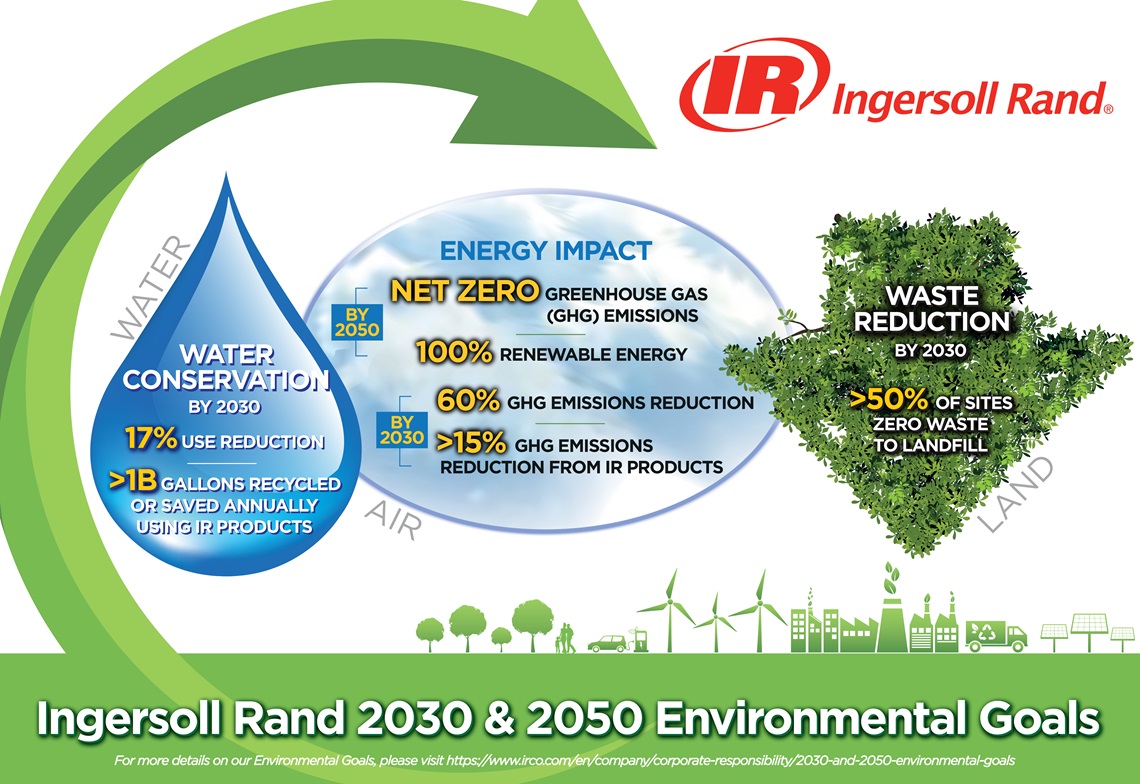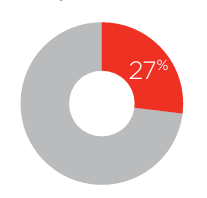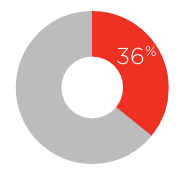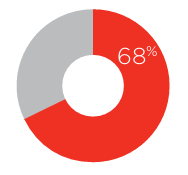Operating sustainably is about Making Life Better for our communities where we operate and the planet we share while creating value for our stakeholders. We take seriously our responsibility to minimize energy, water and waste impacts by defining, accelerating and scaling sustainability performance in all of our locations through the rigor and discipline of IRX. Site-based Green Excellence Teams play a critical role in this process, where Champions own the energy, water and waste pillars and have the responsibility to identify and implement improvements that play a vital role in achieving our environmental operational goals.
Our GreenX Pillars:

Operations GHG Emission Reduction Roadmap Metric Tons (MT) 2030 Goal: 60% Scope 1 and 2 Reduction (from 2020 recalculated baseline)

Target: Reduce Absolute GHG Emissions 60% (Scope 1 and 2) by 2030
Absolute Progress Since 2020:
Reduction of 17,233 metric tons (16.3%) representing 27% of our 2030 goal
Intensity Progress Since 2020:
Reduction of 9.4 metric tons CO2 e/revenue in millions USD, representing a 38.5% GHG Intensity Reduction
Operations Water Reduction Roadmap Gallons 2030 Goal: 17% Reduction (from 2020 baseline)

Target: Reduce Absolute Annual Water use by 17% by 2030
Absolute Progress Since 2020:
Reduction of 8.7 million gallons (6.1%) representing 36% of our 2030 goal
Intensity Progress Since 2020:
Reduction of 10.2K gallons/revenue in millions USD, representing a 31% Water Intensity Reduction
We are committed to eliminating the impact of waste on the environment and are pursuing a wide range of waste reduction and recycling programs at our sites around the world.

Target: >50% of In-Scope Sites Zero Waste to Landfill by 2030
Absolute Progress Since 2020: Increase of 25 sites (13%), representing 68% of our 2030 goal
Footnotes:
1.2 - In 2022, our 2020 base year was recalculated for all environmental metrics in accordance with the GHG Protocol Corporate Accounting and Reporting Standard Revised Edition, January 2005, World Resources Institute. This recalculation included the locations acquired in 2021 and adjusted for data errors. All subsequent years after the base year were calculated in conformance with this method. Excluded from the most recent base year recalculation are the locations acquired in 2022 that lack 12 months of data in our Environmental Management System pursuant to our standard work as allowed for under the GHG Protocol. Revenue from 2022 acquisitions has been included in the intensity calculations as it represents an immaterial amount. 2 Whole values and percent variances represent the change between 2022 and the recalculated 2020 baseline year. Footnotes 1 and 2 apply to all 2030 and 2050 operational goals in this report.